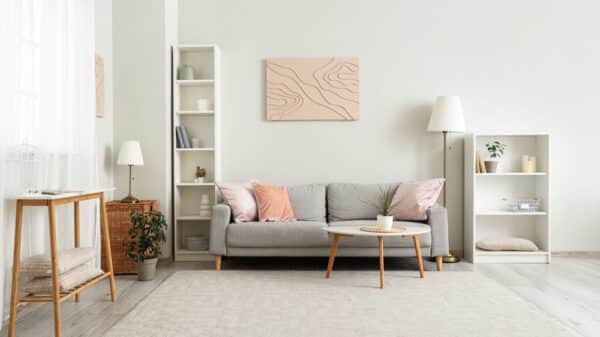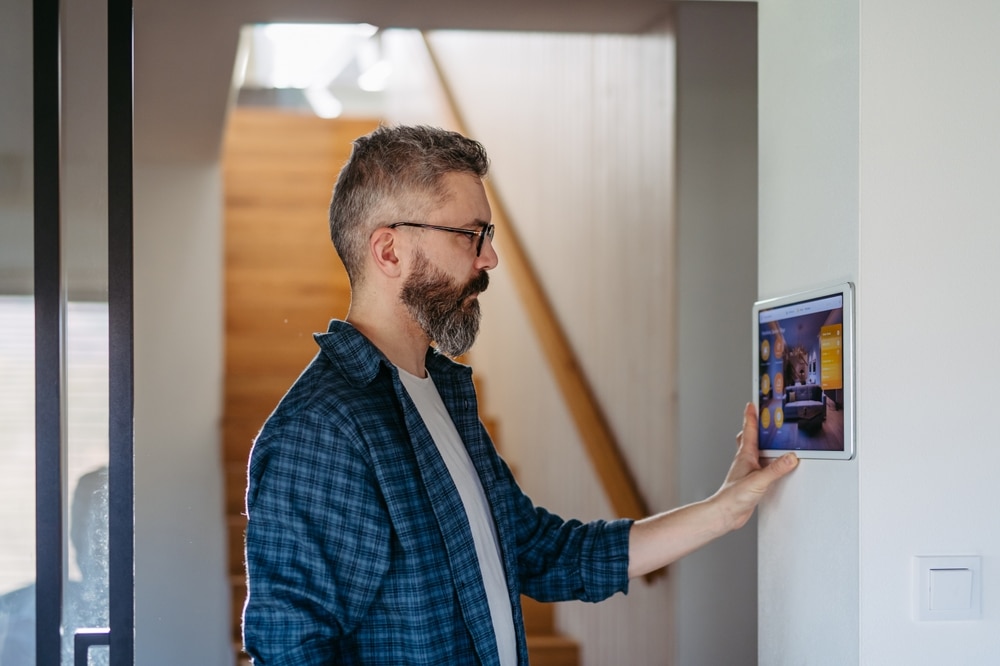Living with chronic pain can be an uphill battle that turns everyday tasks into daunting challenges. You might find that even simple activities, like getting dressed or cooking dinner, can feel like a monumental effort. You’re not alone in this struggle; a significant number of adults in the U.S. are dealing with the same issue. In fact, according to a comprehensive study from the NIH, nearly 21% of adults suffer from chronic pain, which is defined as persistent discomfort occurring on most days for at least three months. An even smaller but impactful statistic reveals that 8% experience high-impact chronic pain (HICP), where daily life and work activities are severely restricted due to discomfort.
While medical treatments provide essential relief, it’s pivotal to recognize that your surroundings play a crucial role in either alleviating or exacerbating your pain. Creating a living space that actively promotes comfort can make a significant difference in your overall well-being. So, let’s explore some practical and evidence-based strategies tailored for you to tweak your environment and support your comfort.
Making your space work for you begins with thoughtful organization. Take a moment to assess your main living areas. Arrange your furniture to create clear pathways, making it easier and safer to navigate your home. If you’ve ever found yourself struggling to reach for that book on the top shelf or moving heavy items around, consider investing in adjustable-height surfaces. This flexibility allows you to customize your workspace based on whether you’re sitting, standing, or maybe even moving around more energetically. Place your furniture thoughtfully; for instance, situating seating near windows brings in natural light and elevates your mood, while smart window coverings make it easy to adjust the light levels with just a tap—no more struggling to reach those hard-to-manage blinds!
During winter, moving your seating closer to heat sources can provide a cozy warmth, while in summer, relocating to breezier spots can help you feel more refreshed. Furniture sliders can be a game-changer for making these adjustments hassle-free. Installing motion-sensor lights in hallways can eliminate the need for reaching for switches, creating a safer environment. And here’s an insider tip: keep your daily essentials within easy reach at various activity stations. With this setup, you can maintain your independence, reducing unnecessary movement, and allowing you to focus more on enjoying life rather than battling discomfort.
On the storage front, optimizing your space can dramatically reduce physical strain. The National Institute for Occupational Safety and Health advises that frequently used items should be kept between shoulder and hip height. This positioning can help decrease strain by as much as 40%. Consider creating a “golden zone” for your everyday necessities—place those items you use regularly within this height range. Motion-sensor lights in closets and cabinets can bring visibility without awkward maneuvers, while pull-out drawers and rotating organizers can save you from bending and reaching like a contortionist just to grab the milk!
If you’re living with specific conditions, slight tweaks can lead to major improvements. For instance, if you struggle with arthritis, don’t hesitate to use automatic jar openers or lightweight cookware to ease your cooking prep. Those dealing with back pain can benefit greatly from sliding shelves that minimize the need for twisting motions. If fibromyalgia is part of your life, simply keeping frequently used items within reach or organizing them according to how often you use them can provide stress relief on tougher days. Adding labels to storage areas helps in recognizing where things belong, leading to less frustration during daily routines.
Creating comfort where it counts can make your living space an inviting haven. You might already know that strategic cushioning can turn an ordinary chair into a small oasis. Tuning into your body’s unique comfort needs means finding the right pillow combinations for various activities, whether you’re reading your favorite book or settling down for a good night’s sleep. Look for those subtle adjustments that ensure your feet are flat on the floor and your knees are at hip level—these little shifts can mean the world.
For those of you with arthritis, trying out programmable heated throws or electric blankets can offer a touch of relief during cooler nights. Are you working from home? Ergonomic accessories for your desk can help you maintain comfort throughout your workday. And if you have persistent back pain, investing in a supportive mattress paired with a quality pillow can do wonders. Adjustable beds, especially affordable options like the ones found at Shop Home Med, allow you to customize your sleep position, helping alleviate pressure points and giving you that much-needed break.
As temperature and humidity can greatly impact your comfort levels, integrating a bit of smart home technology can ensure you stay cozy with minimal effort. Whether it’s adjusting your heating with just your voice or programming a thermostat that aligns with your daily routine—cooler at night and warm during that morning stiffness—these upgrades can lift your spirits.
Maintaining good air quality is also essential. During winter months, using a simple yet effective humidifier with smart controls can change a stifling environment into a breezy sanctuary. Many people report that keeping proper humidity levels helps reduce joint stiffness and alleviate muscle tension. If sensitivity to temperature is a part of your life, particularly for conditions like neuropathy, precise temperature control becomes even more important. And for those hit hard by migraines, think about incorporating smart lighting systems that automatically dim and blackout curtains for quick adjustments.
Now, let’s talk about movement. It’s important to carve out a space dedicated to gentle exercises, even if it’s just a square near a sturdy chair. This doesn’t have to involve high-impact workouts—gentle range-of-motion activities can work wonders. Make sure the area accommodates a variety of movements, both seated and standing, increasing your confidence as you go. Grip bars mounted on walls can give you that extra push of security when moving about.
When it comes to daily routines, think about aligning your activities with your body’s natural rhythms. A smart-enabled rolling cart can revolutionize your mornings, keeping everything within arm’s reach. Organizing your essentials based on your typical pain patterns—morning mobility items, afternoon activity supports, and evening relaxation tools—can help reduce stress and make each day feel a little easier.
Remember that small adjustments can lead to significant improvements. A thoughtfully set-up coffee station could lead you effortlessly from your morning brew to a sun-drenched breakfast nook, and on to a cozy reading spot. Consider weaving in calming elements, such as indoor plants or a programmable tabletop fountain, to create a sensory-rich environment that fosters tranquility.
Finally, take the first steps toward improvement by keeping a pain and activity journal for one week. Documenting what tasks trigger discomfort and identifying patterns in your daily routines can be invaluable. Whether you opt for a straightforward notebook or one of the many free smartphone apps available, your observations will serve as a blueprint for meaningful changes. Remember to note what modifications help and be open to adjusting your setup as your needs change with the seasons; your comfort is your priority.
Focus on one adjustment at a time—each small victory adds to your confidence and momentum. By taking deliberate steps to reshape your environment, you aren’t just managing pain; you’re building a space that truly supports and uplifts you, allowing you to thrive amidst the challenges. You’re not alone in facing this; your journey is shared by many, and every effort is a step toward turning your home into the comforting haven you deserve.
Image Source: Halfpoint / Shutterstock
































